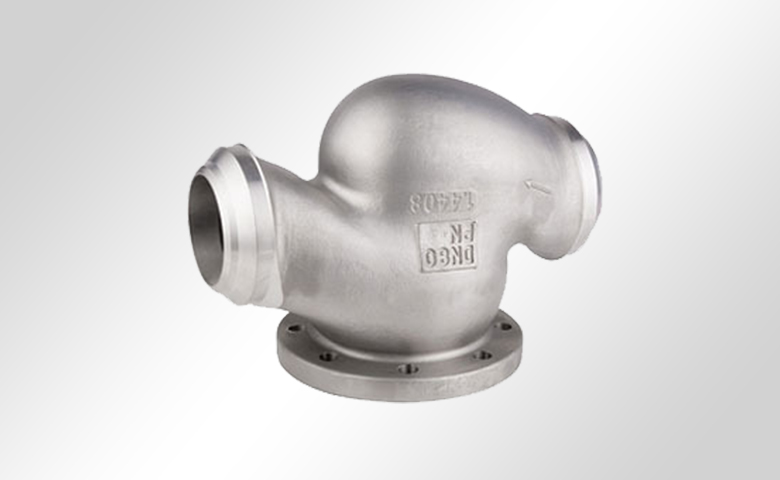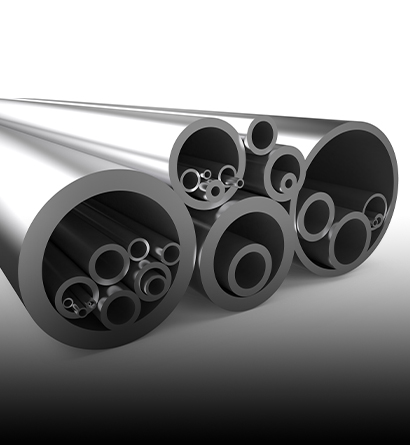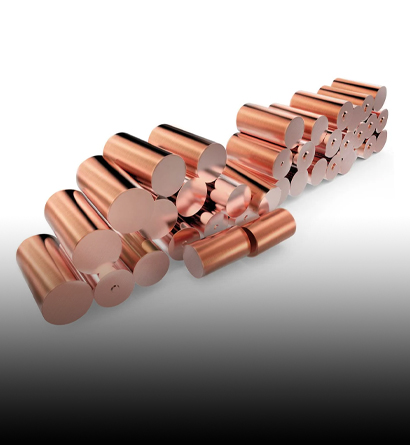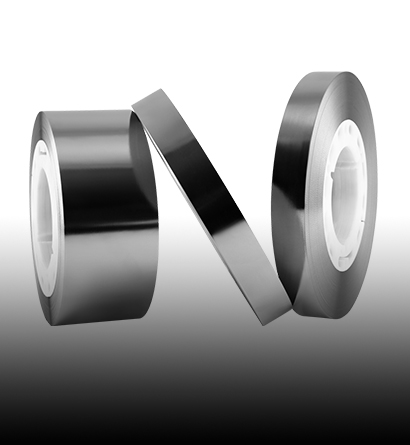
A valve is a mechanical device widely used in various industrial, construction and household applications, mainly used to control the flow of fluids. Its basic functions include opening, closing, regulating and cutting off the flow of fluids, and it is an important component of the fluid delivery system. The length of the valve, which usually refers to the size of its overall structure in a certain direction, is one of the important factors that determine its application range and performance.
Valves are widely used, involving almost all fields that require fluid control. Whether it is water, steam, oil, gas or other liquids, they need to be controlled by valves. In the pipeline system, valves can regulate the pressure and flow of fluids to ensure the normal operation of the system. In buildings, valves are used to control heating, cooling and water supply and drainage systems. In addition, valves also play an important role in industries such as chemical, petroleum, metallurgy, and power.
The length of the valve varies depending on the application and demand, ranging from a few millimeters for small equipment to several meters for large equipment. Its length directly affects the capacity, flow resistance and performance of the valve. Longer valves usually have greater flow capacity and are suitable for the control of large flow fluids; while shorter valves are suitable for small flow or local control.
The selection and use of valves need to be carried out according to specific application scenarios and requirements. When choosing a valve, in addition to considering the length, you also need to consider factors such as its type, material, pressure level and temperature range. Different types of valves have different characteristics, such as stop valves, gate valves, ball valves, butterfly valves, etc., and the appropriate valve should be selected according to the fluid properties, process requirements and operating conditions.
With the development of industrial technology, the design and manufacture of valves are also constantly improving. Modern valves not only have higher performance and reliability, but also have the characteristics of intelligence and automation. For example, some high-end valves use electric or pneumatic actuators, which can achieve remote control and automatic operation.
In short, valves are the core equipment in fluid control, and their importance cannot be ignored. When selecting and using valves, it is necessary to proceed according to specific application scenarios and requirements to ensure the normal operation and safety of the system. The length of the valve is one of its important parameters, but other factors need to be considered comprehensively to select the appropriate valve.



